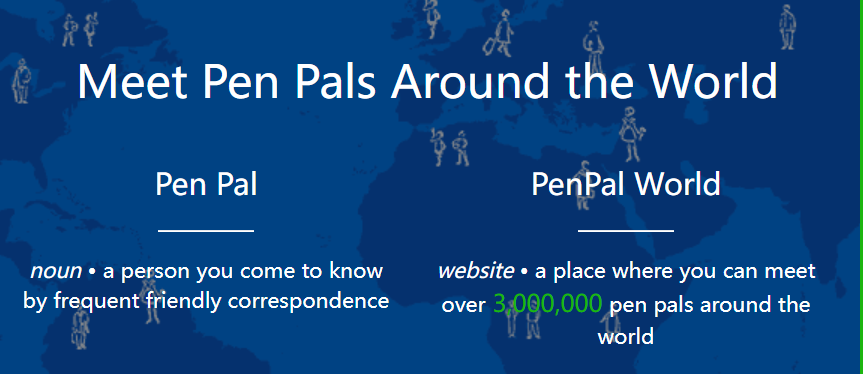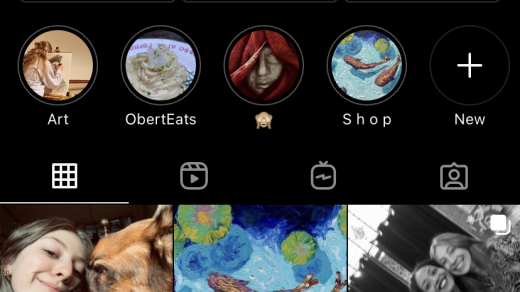
The first time I held my iPad, I felt as if I had opened a small door into an unknown universe. I had just finished the high school entrance exam, and the summer after was filled with both anxiety and curiosity. That device became more than a piece of technology—it became a ticket to a world I had never touched before. My English was not fluent, and every sentence I typed took effort, but when I stumbled upon PenPal World, it felt like something extraordinary: a quiet place on the internet where language, distance, and time could be bridged by the simple act of writing.
That discovery came at a fragile but exciting stage of my life. I was a teenager, searching for a voice, and suddenly the world seemed to stretch beyond the classroom walls of my small town. On PenPal World, I could read the introductions of strangers from across the world. Each profile was a story waiting to unfold: people wanting to practice languages, to make friends, to find someone to listen. Among them, I found a distant friend—a girl from Hungary.
Her city’s name was impossibly long. I remember copying it into Google, scrolling through maps and pictures, imagining her life among those unfamiliar streets. She became my closest penpal. Over more than a year, we exchanged dozens of messages, each one a thread connecting our faraway lives. Every afternoon after school, I would check for her reply. That sense of expectation—waiting, wondering if her words had arrived—remains etched in my memory even now. Her messages were never long or poetic, but they were honest. They carried the daily life: the frustrations of homework, the songs she liked, the animals she saw in the zoo trip. In those simple lines, I found the world.
Eventually, as time passed, our correspondence slowed, and the messages grew fewer until they stopped. Yet, even after losing touch, the memory of writing and waiting stayed with me. In an age before messages and notifications dominated my phone, PenPal World offered something different: a slower form of connection, where patience was part of the experience.
And so, the question comes: Where in the world is PenPal World?
According to its website, PenPal World is a pen pal themed social network service. The website launched in February 1998 out of an idea and is operated and privately owned by Jakob Herrmann.

It might not be on the front page of app stores or at the center of cultural debates, but it still exists in a niche corner of the internet. More importantly, it lives in the memories of those who once experienced its slower pace. Unlike TikTok or Instagram, it is not designed for performance or speed. It does not flood you with algorithmic content or compete for your attention. Instead, it asks you to write carefully and to wait—two things that feel increasingly rare nowadays.
Perhaps PenPal World is less a place than a reminder. It represents a different way of digital communication, one that values depth over immediacy. In today’s fast-moving online world, we measure success by likes, shares, and viral reach. But on PenPal World, success is measured differently—by the quiet joy of opening a reply, by the trust built over months of slow conversation, by the invisible bridge between two strangers across continents and oceans.

For me, PenPal World is not just a website. It is the memory of my teenage self, sitting in a small bedroom, eagerly waiting for words from a city I could barely pronounce. It is the image of a Hungarian girl writing back to me with kindness and patience. It is the realization that even without perfect English, even without speed, I could still step into the world and be heard.
So, where in the world is PenPal World? It is not gone. It is simply hiding in the corners of the internet, and in the hearts of those who still long for a slower kind of friendship. It exists wherever people are willing to pause, to listen, and to share. In every letter that takes days to arrive, in every reply that carries thought instead of haste, in every friendship built on patience—there, quietly, you will find PenPal World.




Recent Comments